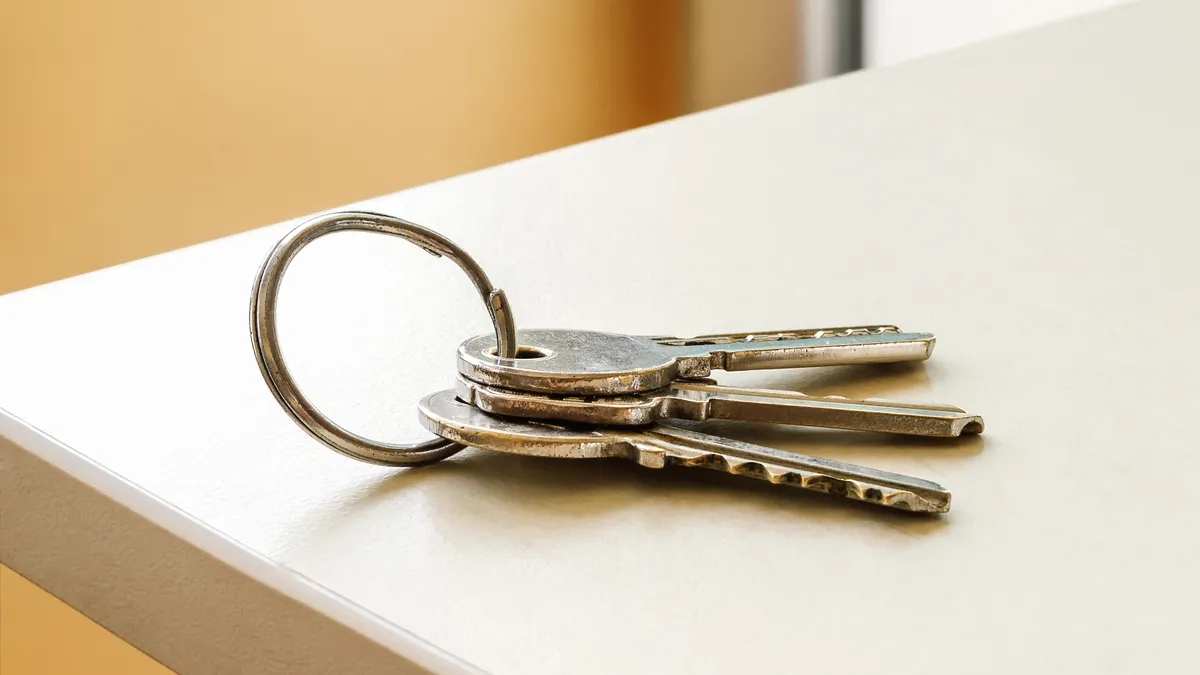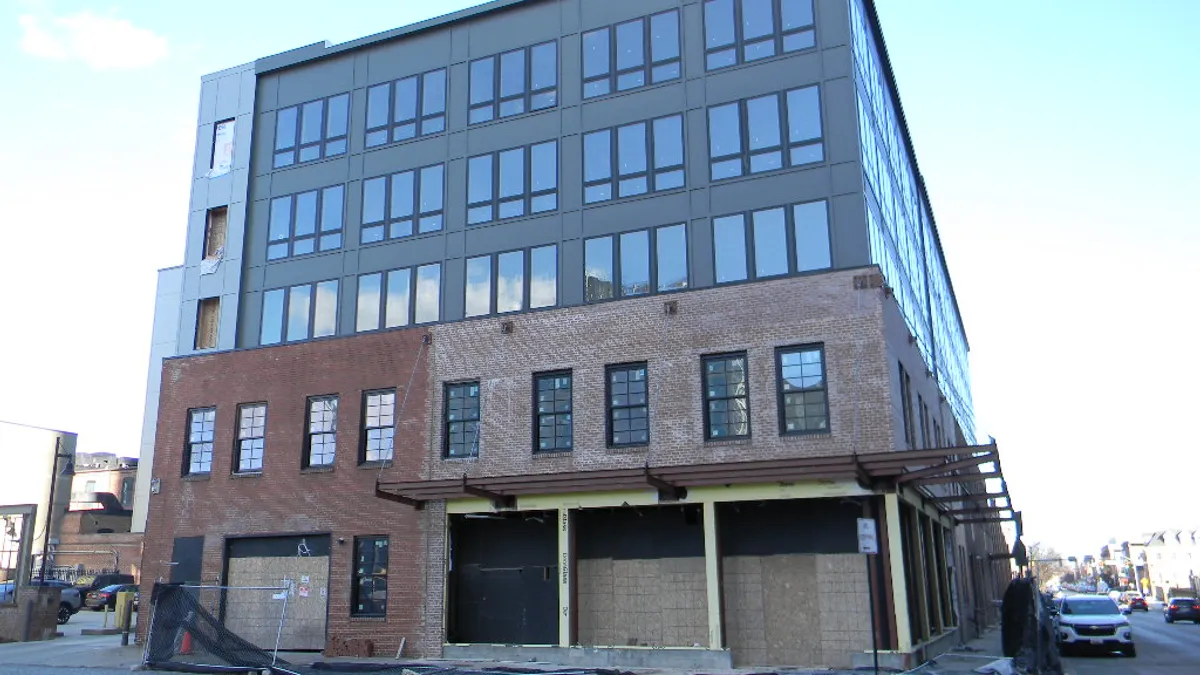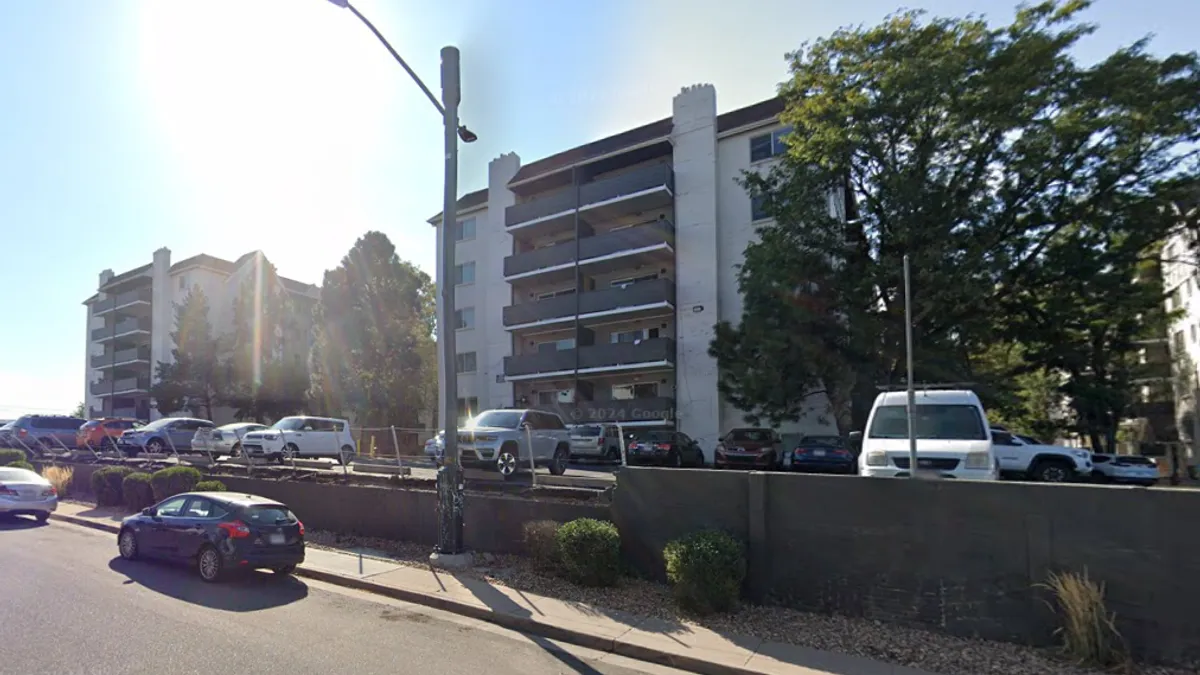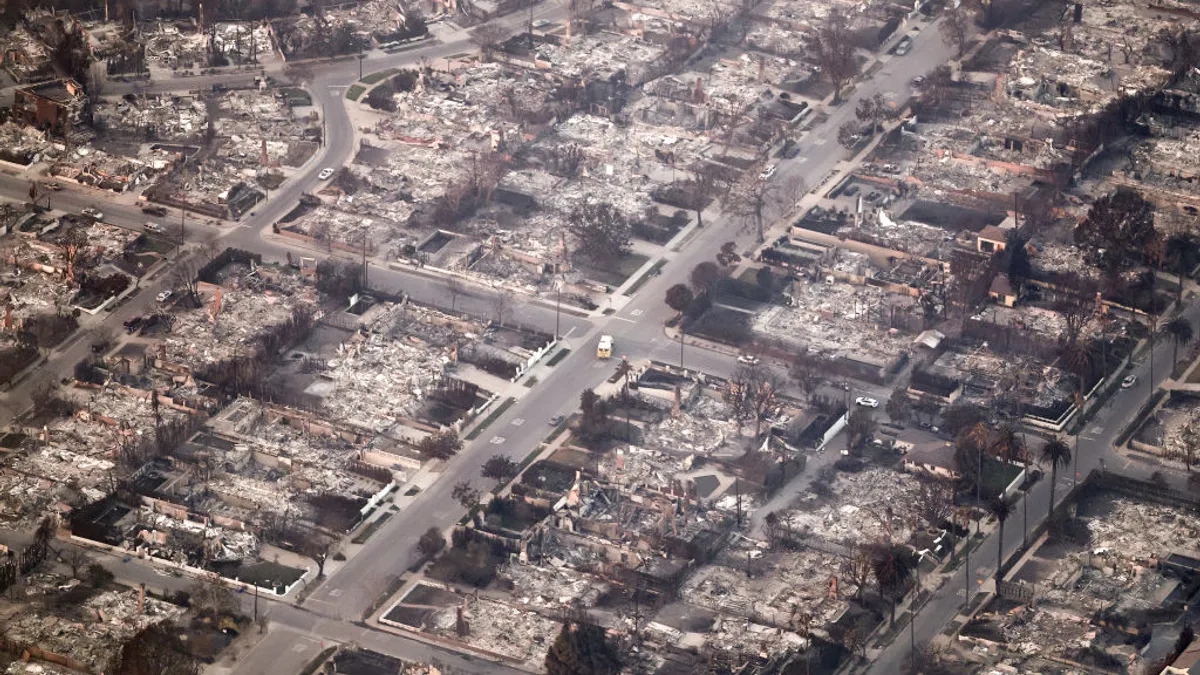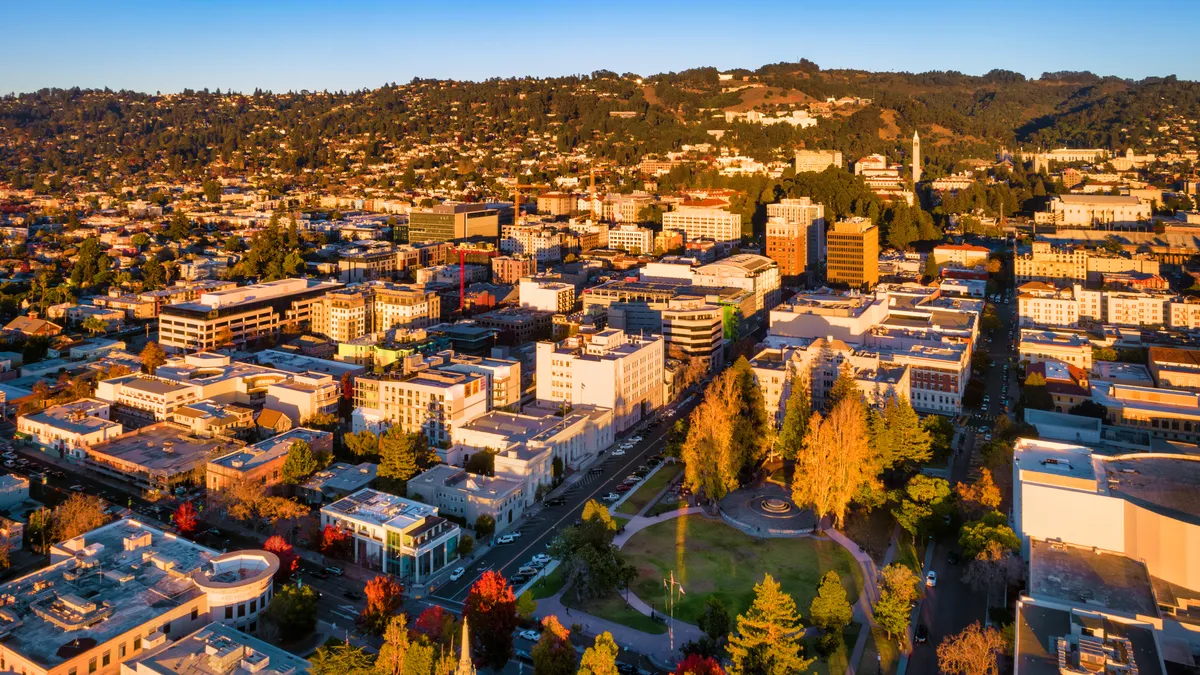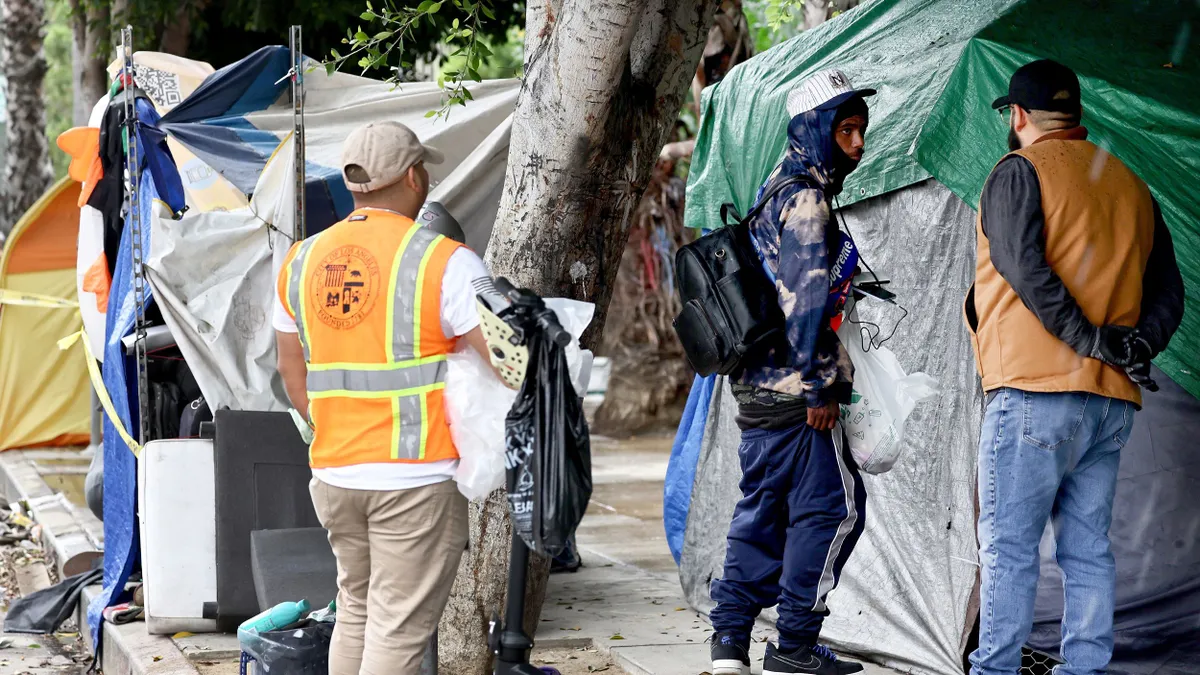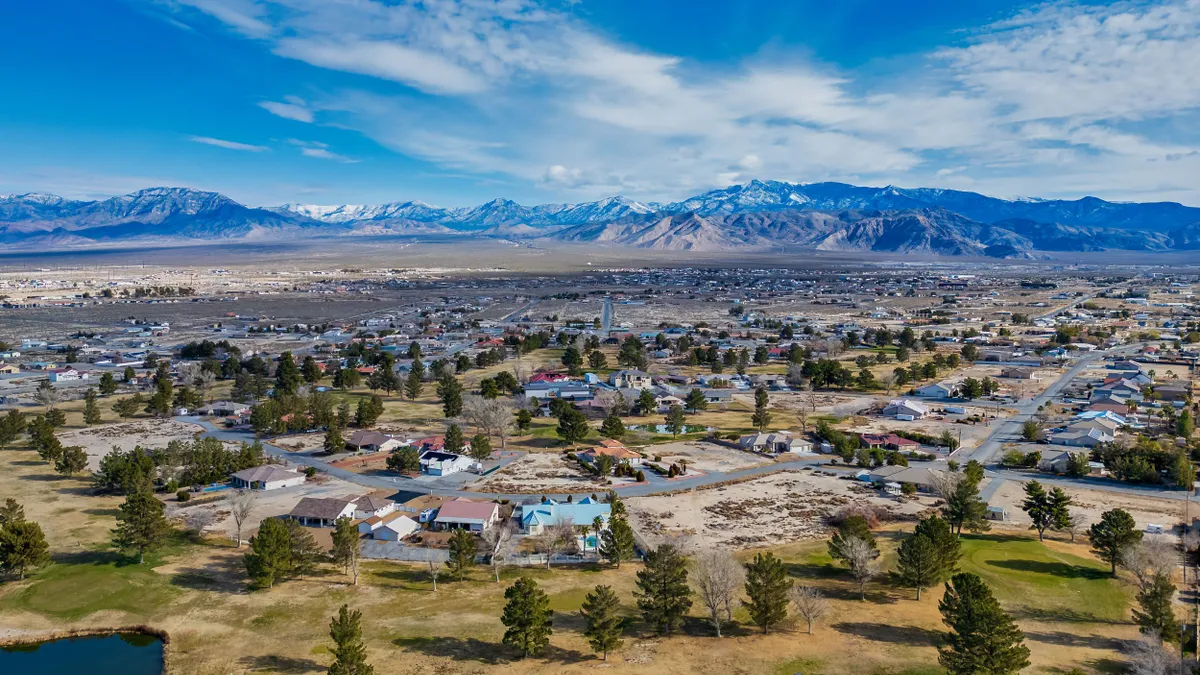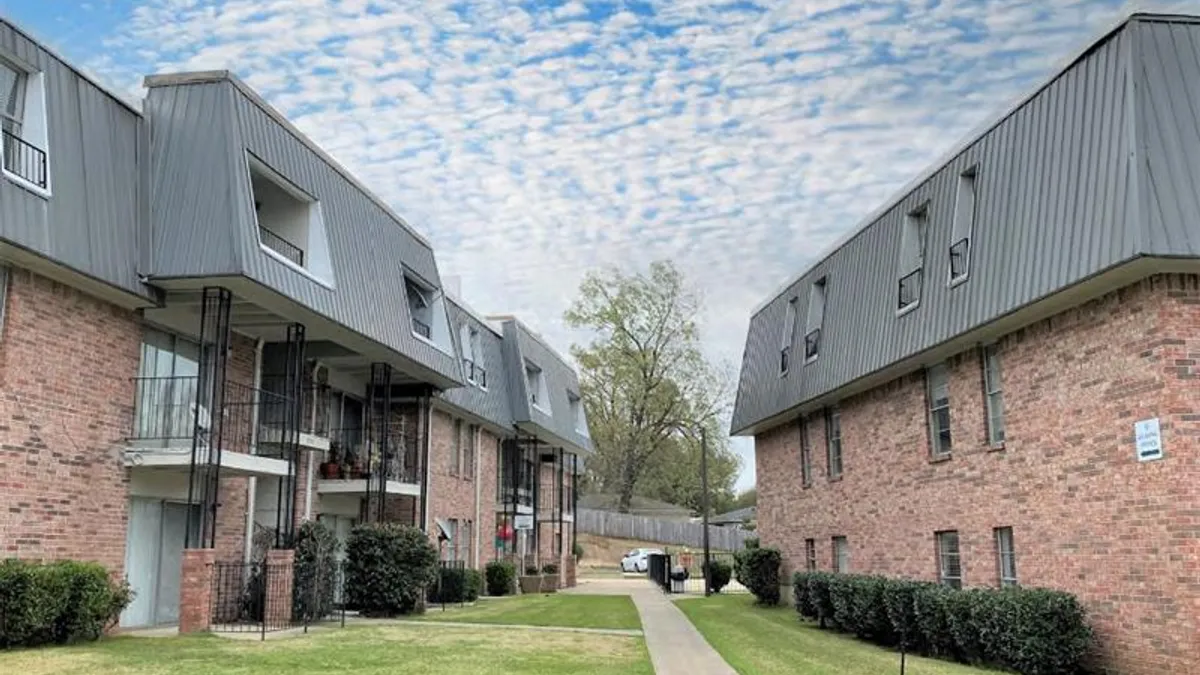Seven lucky residents in Newark, New Jersey, won big in January. They picked up city-owned properties for $1 apiece in a lottery that came with a catch: The homes aren’t exactly move-in ready.
The city had seized the deteriorated properties and empty lots for reasons such as tax delinquency or code violations. Buyers must pay for the homes to be repaired or constructed, but they will get a low-interest-rate mortgage to help them cover the costs.
The program is Newark’s latest effort to shore up local homeownership and combat neighborhood blight. Mayor Ras Baraka bills the $1-home program, which targets low- and moderate-income residents, as a way to close wealth gaps and prevent corporate investors from buying up homes and hiking up the rent.
Newark’s homeownership rate is just 29.6%, far below the rate of 64.6% for all of New Jersey and 65.2% in the U.S. overall. Institutional buyers accounted for about half of Newark’s residential real estate sales between 2017 and early 2020, up from less than 20% in 2010, according to research from Rutgers Law School Center on Law, Inequality and Metropolitan Equity. The report finds that those purchases led to higher rents and decreased homeownership, disproportionately in predominantly Black neighborhoods.
Newark is far from the only city grappling with affordable housing challenges. If the $1-home initiative goes smoothly there, it could serve as a blueprint for other cities, experts told Smart Cities Dive.
“We’re talking about neighborhood stabilization on a large scale,” said Bruce Marks, CEO and founder of the Neighborhood Assistance Corp. of America, a national nonprofit housing association that partnered with Newark on the initiative. NACA advocates for and runs what it calls the One-Dollar Homeownership Program in cities and towns nationwide, with the Newark project the first to launch.
Through the program, buyers get a low-interest rate mortgage from NACA to help them cover the costs of repairing or building single-family or multifamily homes. Marks estimates that the newly constructed homes in Newark will cost less than $200,000 each. He estimates that renovations, mostly planned for multifamily buildings, will cost between $200,000 and $500,000. NACA doesn’t consider buyers’ credit scores or require a down payment, closing costs or other fees.
The program comes with a few strings attached. Buyers can’t be current homeowners, they must have lived in Newark for at least five consecutive years — or have been recently displaced by gentrification — and they must live in the purchased home for at least 10 years. To enter the lottery, prospective buyers must be pre-approved for a NACA mortgage and go through home-buying counseling with the group. If buyers move out early or violate the terms, the city can reclaim the property.
Seven people won the first lottery draw in January. The winners were selected from dozens of applicants, ABC7 New York reported. The city is planning on more draws in the future.
“They seem like small numbers, but … each of those transactions represents more situated and comfortable families,” said Tram Hoang, a senior associate focused on housing at PolicyLink, a progressive research and advocacy organization.
The program could also help address racial discrimination in the mortgage industry, Hoang said. Notably, Newark’s Black and Hispanic homebuyers tend to obtain higher mortgage rates than their White counterparts, according to an Urban Institute analysis.
Further, “low-income households and households of color tend to be impacted by economic recessions at a much higher rate,” said Daniel Pang, a research analyst at the Urban Institute’s Housing Finance Policy Center. Programs to support affordable homeownership go hand in hand with efforts to curb racial wealth disparities, he added.
Despite the initiative’s promise for homebuyers, Hoang said it could be stronger if it included tenant protections for renters, considering many of these homes are intended to be used as multifamily properties. While New Jersey already has just-cause eviction policies, additional protections could include tenant screening limitations and rent stabilization, Hoang said.
“Renters are disproportionately people of color, so if we want to look at racial inequities across the whole spectrum, we want to make sure that the owners are in good positions, but also the renters themselves,” she said.
Newark isn’t the first city to experiment with selling $1 properties. Beginning in 2014, Chicago ran a program for several years that helped property owners, block clubs and nonprofits in certain neighborhoods buy city-owned property for $1. Baltimore ran its own $1 home program in the 1970s and 1980s, which some officials have attempted to revive in recent years to tackle blight and prevent more homes from becoming vacant. NACA had tried to drum up support for the Baltimore initiative, but it stalled as policymakers raised concerns about the potentially lackluster return on investment after renovations on vacant properties.
Similar programs run by NACA are in the works elsewhere, Marks said. In Lima, Ohio, more than 800 properties will be available. In Selma, Alabama, Marks said that NACA will kick off the program with 100 newly constructed modular homes, which are built in sections in factories and transferred to empty lots.
Within the next five years, Marks said he hopes NACA will help people access 5,000 to 10,000 homes per year through such programs.
Ultimately, Hoang said a $1-home program should be just one piece of the puzzle to address the country’s affordable housing shortage. The state and federal government have a big role in passing policies to support affordable local homeownership, Hoang said, “but those don't happen unless cities ring the alarm bell.”


